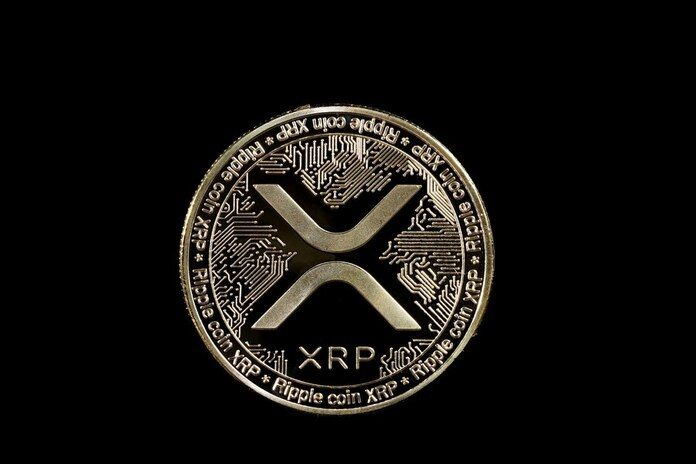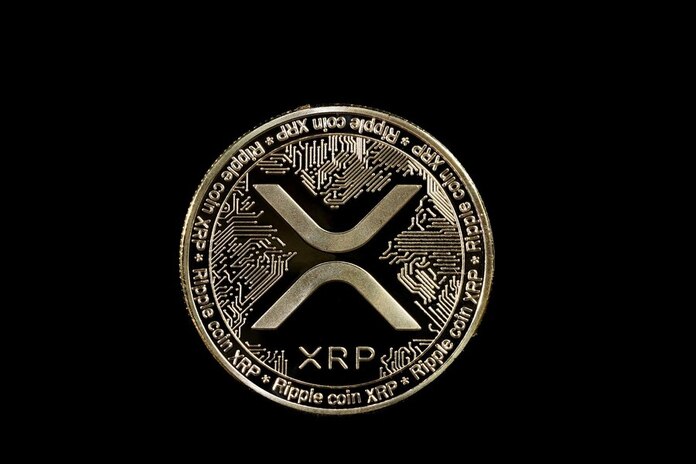UK and U.S. Crypto Alliance Highlights Stablecoin
This post was originally published on this site

The United Kingdom and the United States are moving closer toward cooperation in digital assets, with stablecoin regulation taking center stage. Following a high-profile meeting in London between Chancellor Rachel Reeves and U.S. Treasury Secretary Scott Bessent, both governments are expected to announce a framework aimed at aligning their approaches to crypto oversight.
The discussions were attended by leading industry players including Coinbase (NASDAQ:COIN), Circle, and Ripple, alongside major banks such as Bank of America (NYSE:BAC), Citi (NYSE:C), and Barclays (LON:BARC). The urgency behind the talks came from letters sent by crypto industry groups pushing the UK government to prioritize digital assets ahead of President Donald Trump’s state visit this week.
Why Stablecoins Matter for Global Finance
Stablecoins, digital tokens pegged to fiat currencies like the U.S. dollar, have become one of the fastest-growing segments in crypto. For policymakers, they represent a bridge between traditional finance and blockchain-based innovation. Aligning regulations between the UK and U.S. could strengthen capital markets access, attract foreign investment, and reinforce London’s position as a global financial hub.
At the same time, Britain faces competitive pressures. Concerns are growing over UK-listed firms migrating to New York for higher valuations. By partnering more closely with Washington, UK officials hope to prevent further erosion of London’s market standing.
Political Momentum and Industry Pressure
The policy shift comes at a politically sensitive time. Under Trump’s administration, the U.S. has adopted a supportive stance toward digital assets, contrasting with the UK’s more cautious approach. UK-based crypto firms warn that this divergence risks placing them at a disadvantage compared to American rivals.
A participant in the London meeting called the collaboration a “huge opportunity for the UK in digital assets,” particularly if regulatory frameworks converge. Reeves also addressed capital markets alignment, including digital assets, in a dinner with U.S. Ambassador Warren Stephens.
Former Chancellor George Osborne has been especially vocal, comparing today’s moment to the “Big Bang” reforms of the 1980s. He cautioned that without rapid action, Britain could be left behind as the U.S., EU, Singapore, and Hong Kong advance clear rules for stablecoin adoption.
Joint Sandbox for Digital Assets
Alongside stablecoin cooperation, officials confirmed plans for a joint UK-U.S. digital securities sandbox. This initiative will allow firms to test blockchain applications for financial services under regulatory supervision. For both governments, the sandbox signals a shift from theory to practical implementation of distributed ledger technology.
Reeves highlighted this progress in a statement, noting, “Together we are delivering investment and opportunity for both our countries.”
Policy Divergence Across the Atlantic
The debate over stablecoin regulation continues to diverge between the two nations. In the U.S., Wyoming has introduced a government-backed stable token, while Congress passed the GENIUS Act, prohibiting stablecoin issuers from paying direct interest. Banking associations have raised alarms about possible indirect yield mechanisms through exchanges, though Coinbase disputes the claims as unfounded.
Meanwhile, Tether announced plans for USA₮, a U.S.-regulated stablecoin backed by Anchorage Digital and Cantor Fitzgerald, signaling that industry giants are preparing to comply with federal oversight.
In the UK, momentum is also building. A public petition calling for a pro-innovation blockchain strategy has surpassed 5,600 signatures, encouraged by Coinbase. Yet, the Bank of England’s proposal to cap stablecoin holdings has drawn criticism. Industry leaders argue such limits could suppress growth and weaken London’s competitiveness.
Outlook: Stablecoin as a Global Test Case
The UK-U.S. alliance marks a pivotal step in shaping the future of stablecoin policy and digital asset regulation. If successful, the partnership could set global standards for integrating blockchain into mainstream finance. But the road ahead will involve balancing innovation with financial stability, a task that requires both governments to act decisively.
For investors and institutions, stablecoins are no longer a niche concept—they’re rapidly becoming a cornerstone of global finance. Whether Britain can match U.S. momentum will determine its long-term role in the digital economy.
Featured Image: Freepik
















